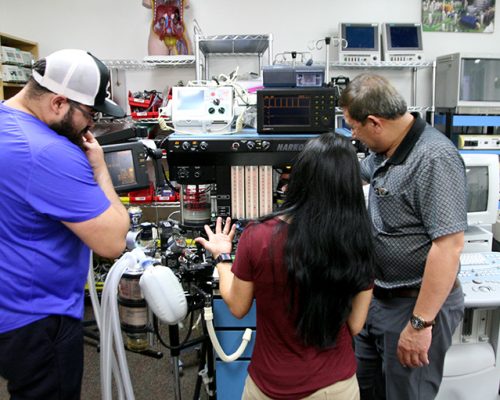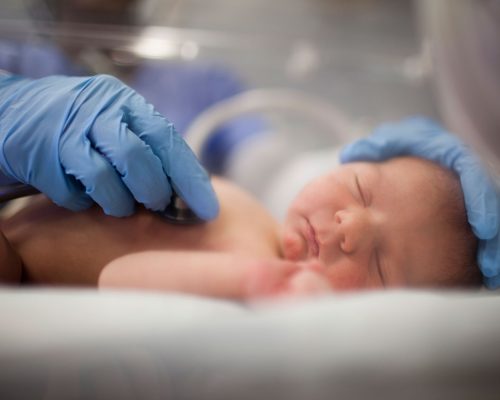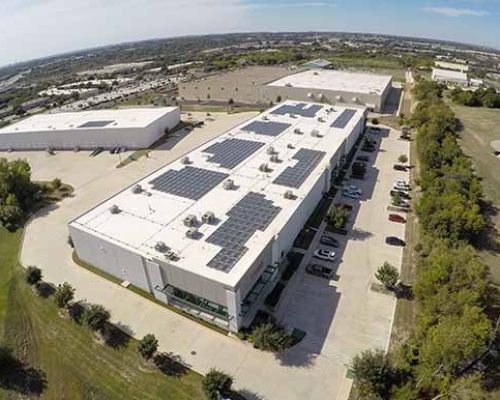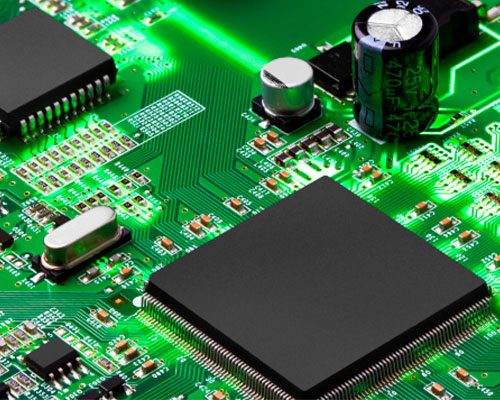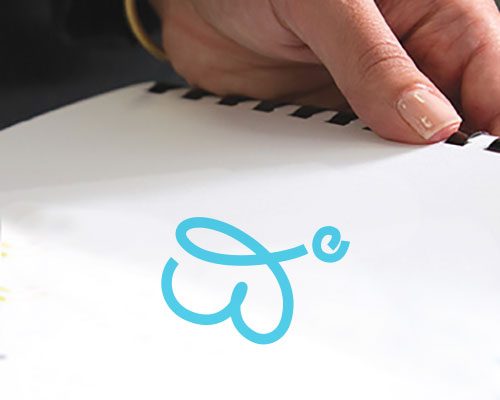Phototherapy, a common treatment for jaundice in newborns, is undeniably a life-saver. However, like many medical treatments, it comes with necessary precautions to ensure the safety and well-being of the infant undergoing the treatment. Among these precautions, the protection of an infant’s delicate skin and eyes is paramount. Let’s delve into the importance of safeguarding these crucial areas during phototherapy.
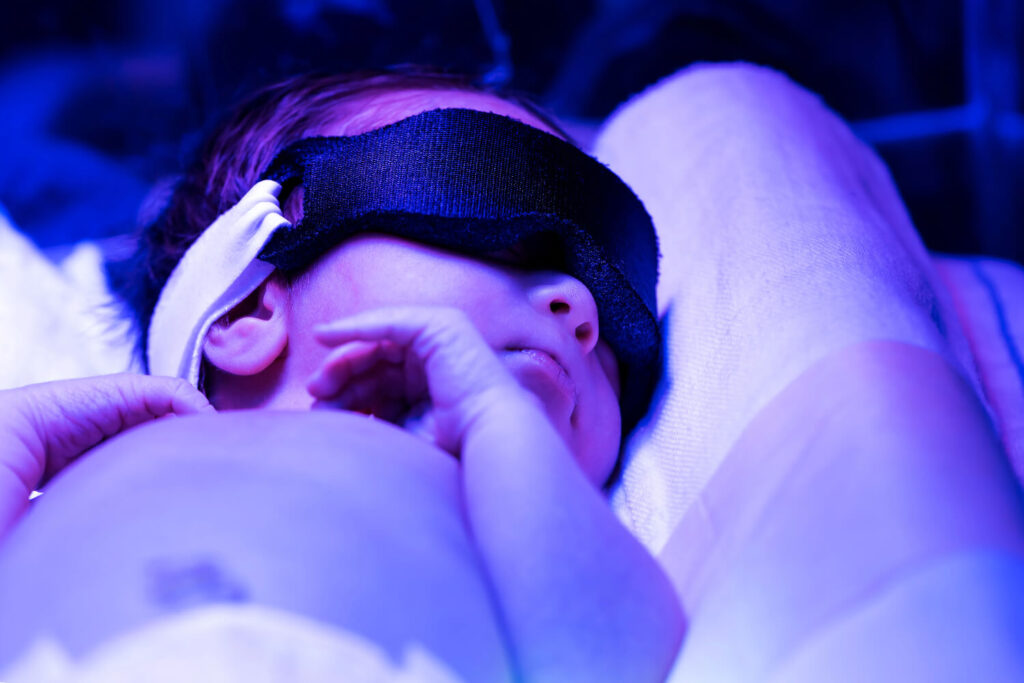
Understanding Phototherapy
Phototherapy, also known as light therapy, involves exposing an infant’s skin to special blue or ultraviolet light. This light helps break down bilirubin, the yellow compound causing jaundice, in the baby’s blood that facilitates its elimination from the body. The treatment is non-invasive, but given the sensitivity of newborn skin and eyes, certain protective measures are essential. Learn more about the role of phototherapy in infant jaundice management in our blog.
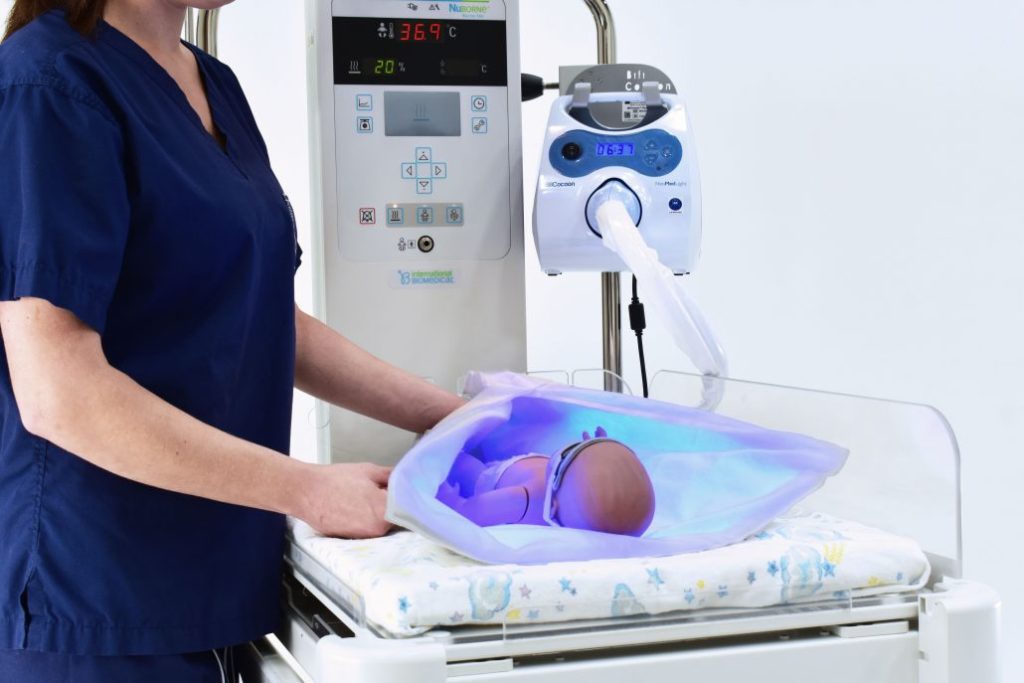
Protecting the Infant’s Skin
Newborns have a unique skin structure compared to adults. Their skin is thinner, more permeable, and susceptible to external factors. During phototherapy, the radiant energy can affect the infant’s skin, emphasizing the importance of protective measures. The International Biomedical BiliCocoon phototherapy system is specially designed to protect an infant’s skin during phototherapy.
Prevention of Overexposure
While the light used in phototherapy is therapeutic, prolonged exposure without breaks can cause dehydration and skin irritation. Regularly rotating the baby ensures even exposure and prevents any localized overheating.
Maintaining Skin Integrity
Babies have thinner skin than adults, making it more permeable. Protecting the skin ensures that it remains intact, preventing any secondary infections or complications.
Hydration
The lights can lead to increased water loss from the skin. Ensuring that the baby remains well-hydrated is crucial during phototherapy sessions.
Safeguarding the Infant’s Eyes
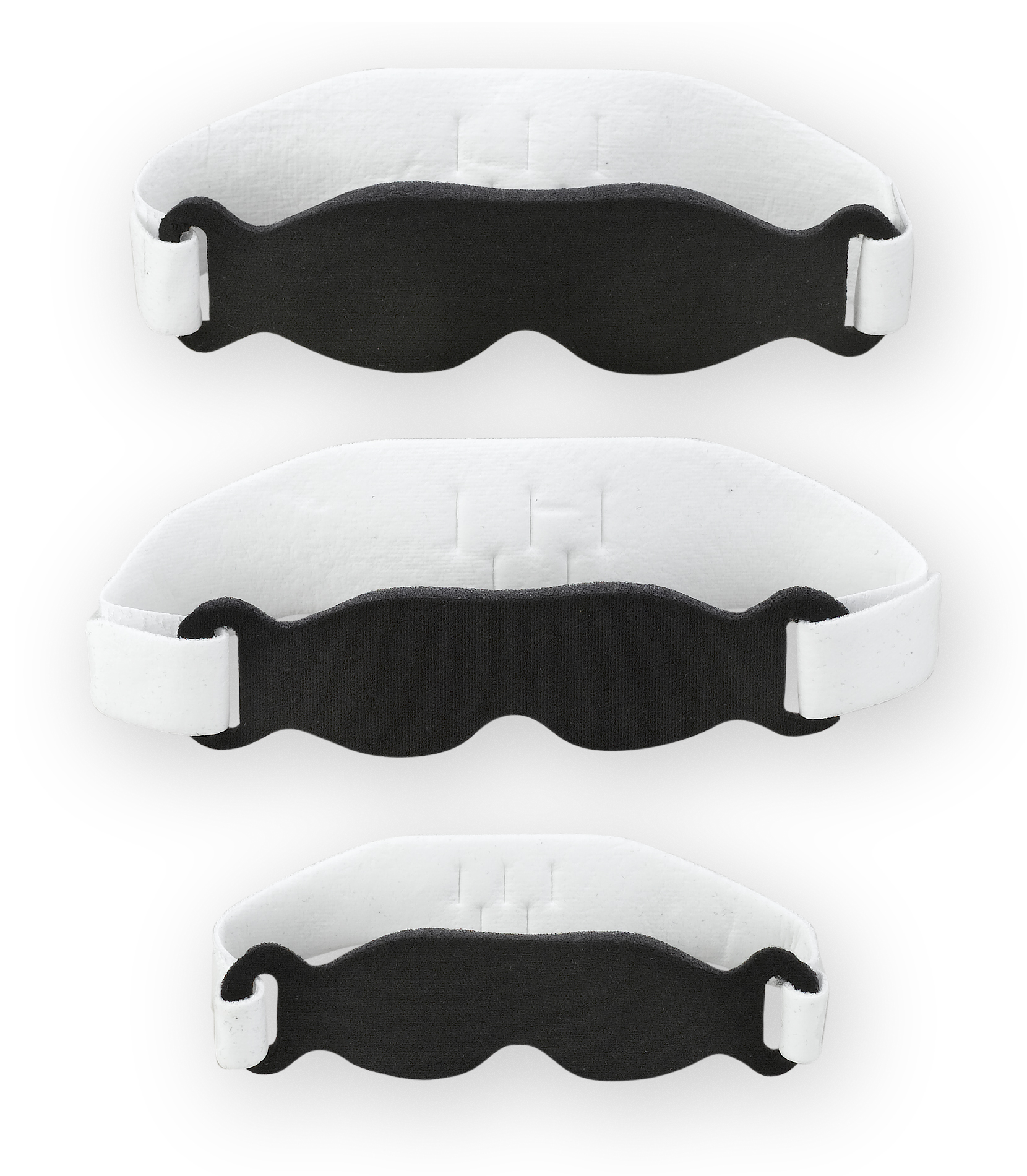
An infant’s eyes are among the most sensitive organs, especially when exposed to strong lights like those used in phototherapy. Prolonged and direct exposure can lead to potential complications. Products like International Biomedical’s WeeSpecs are a great choice for eye protection during phototherapy.
Preventing Retinal Damage
Direct exposure to phototherapy lights can damage the infant’s retinal cells. While the risk is minimal, it’s essential to avoid any direct light exposure to the eyes.
Using Protective Eye Shields
Special soft eye patches or shields are placed over the baby’s eyes during treatment. These shields are designed to block out harmful rays while being gentle on the infant’s skin, preventing any pressure injuries or abrasions.
Regular Monitoring
It’s crucial to regularly check that the eye shields stay in place and aren’t causing any discomfort to the baby. They should be removed during feeding or when the light therapy is turned off to give the baby a break.
Safety First for Phototherapy
Phototherapy is an effective and widely used treatment for neonatal jaundice. However, as with all medical treatments, the safety and comfort of the patient – in this case, a vulnerable newborn – remain the top priority. Ensuring the protection of an infant’s skin and eyes not only optimizes the effectiveness of the treatment but also ensures the overall well-being of the baby.
At International Biomedical, we recognize the importance of these protective measures and are dedicated to providing equipment and solutions that prioritize the safety of neonates. Trust in our commitment to delivering the best in neonatal care, where every detail is addressed with precision and care.



